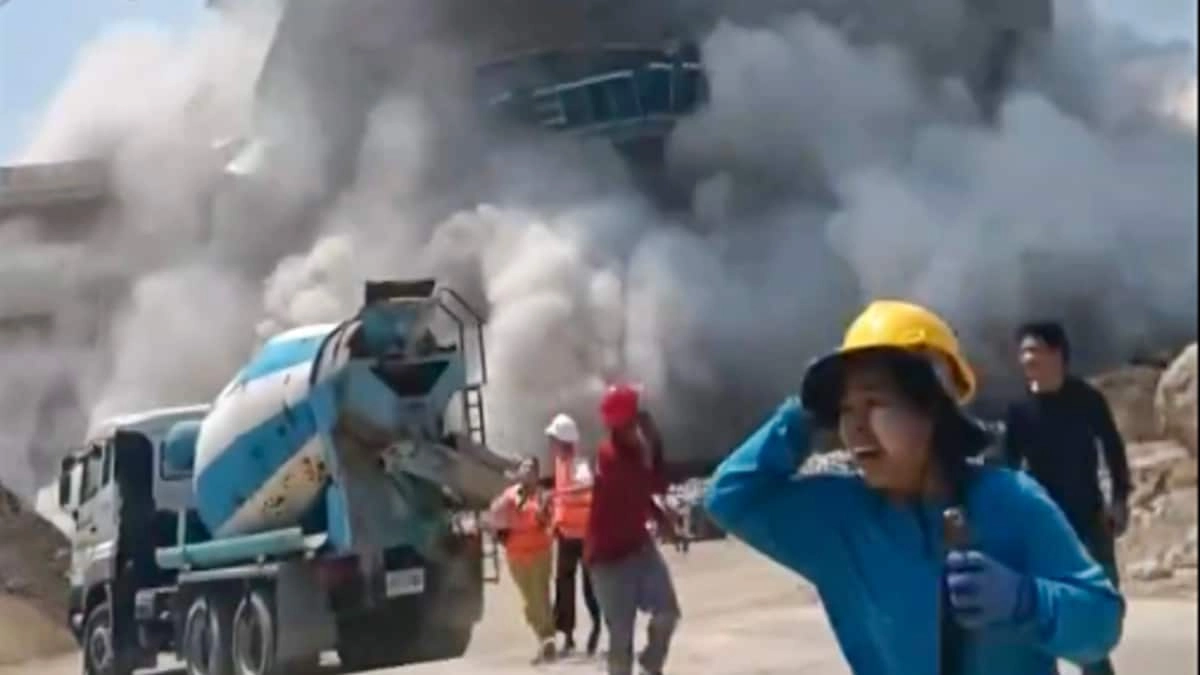Concerns regarding the structural integrity of the building that collapsed during a recent earthquake in Thailand had been raised by a watchdog group prior to the disaster. This tragic event has not only resulted in significant loss of life and injuries but has also ignited debates about safety regulations and the effectiveness of oversight in construction practices. The watchdog, which had previously documented various issues related to the building’s design and maintenance, highlighted the potential risks associated with its structural flaws. Their warnings, however, went unheeded, raising questions about the accountability of local authorities and the builders involved.
The collapse of the building serves as a stark reminder of the importance of rigorous safety inspections and adherence to building codes. The watchdog’s reports included detailed observations about the building’s deteriorating condition, which should have prompted immediate action from both the government and construction regulators. Unfortunately, it appears that these concerns were overlooked, leading to devastating consequences when the earthquake struck. As rescuers sift through the rubble in search of survivors, the focus is shifting towards understanding how such a tragedy could have been prevented and what measures can be implemented to avoid similar incidents in the future.
In the wake of the disaster, there is a growing call for reforms in Thailand’s building codes and regulatory practices. Stakeholders, including community members, safety advocates, and experts, are urging the government to take a hard look at the current oversight mechanisms that failed to act on the watchdog’s warnings. The incident has sparked a national conversation about the need for increased transparency and accountability in construction practices, particularly in areas prone to seismic activity. Ensuring that buildings are constructed and maintained to withstand such events is paramount to protecting lives and property.
As investigations proceed, the focus will likely include a thorough examination of the roles played by various parties involved in the construction and maintenance of the building. It remains to be seen whether those responsible will be held accountable for the negligence that contributed to this tragedy. The hope is that this incident will serve as a catalyst for change, leading to improved safety standards and more vigilant oversight in the construction industry. Ultimately, the goal is to prevent future disasters and ensure that communities can thrive in safety, free from the fear of structural failures during natural calamities.




